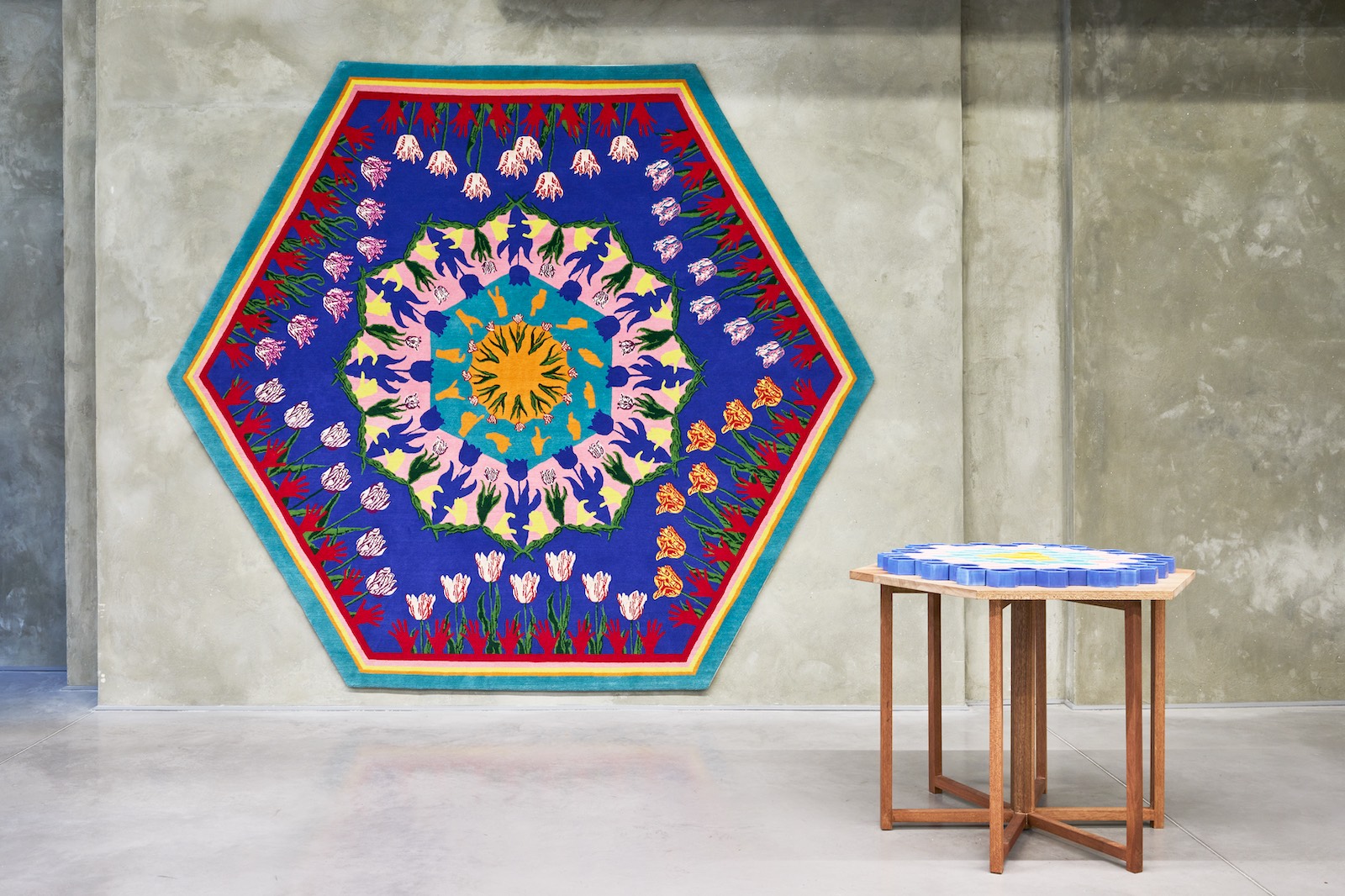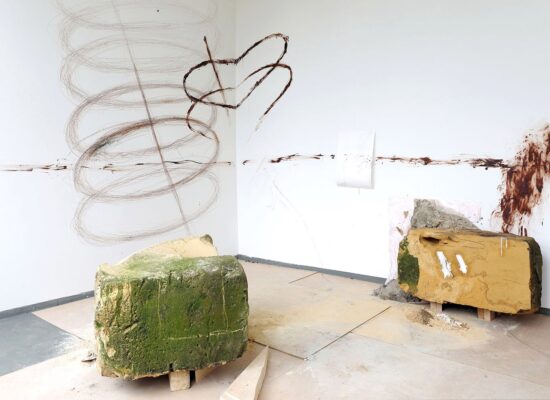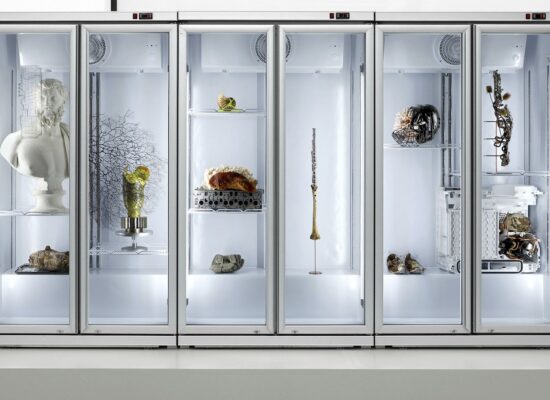How do you describe your own art practice?
Dialogue is at the core of my work. My projects are all excuses to start conversations with others.
My work always originates from discussions. They often aroused in the public space, such as in my project “Would You Like to Make My Portrait” where I proposed to passers-by walking in Brussels to paint my portrait. Later, in the project “I Had No Idea”, I went down in the London Underground asking commuters to share ideas of artworks with me, telling them that I was short of inspiration. In every conversation, the notion of game is central. For me, playing is working.
Another recent project in the public space, or let’s say, semi-public space is entitled “The Human Flowers”. Last year, all winter, while pregnant of my second daughter, I walked up and down the same street in Brussels: the Tulip Street. It’s a very interesting street as it goes from a gentrified area, the ‘Place Fernand Coq’, to a multicultural neighbourhood known as ‘Matonge’. I was looking for a “slice” of civil society. I rang at hundreds of doors and invited residents to exchange a pot containing a tulip bulb for a little time to chat. They would pick up coloured papers from the pot with questions such as: “Are tulips as cold as we are in winter? Will you entrust your tulip to a bank? Do you have time to do nothing?” Later, I painted their answers in ceramic hexagonal coloured bowls. As a culinary performance, visitors drank the tulip bulb soup in the bowls and discovered the phrases collected from the residents of Tulip Street such as some kind of fortune cookies. It was a way to create a long-distance relationship between people through my work.
Coming back to games, I digged into that idea a while ago and decided to make one. It’s called ‘Art & My Career’. It’s the result of a survey among hundreds of female cultural workers in the United Kingdom, France and Belgium. The game addresses the issue of under-representation of women in the art world. It features different art careers: from artist to museum director, players are invited to put themselves in their shoes to better understand their struggle. In that project, dialogue and debate were both the origin and the outcome of the work. Many games sessions have been – and are still – organized in art centers over Europe and even United States and Canada. I often collaborate with associations that fight sexism to engage even more the players in the topic (for instance, Contemporaines in France and Engagements Arts in Belgium).
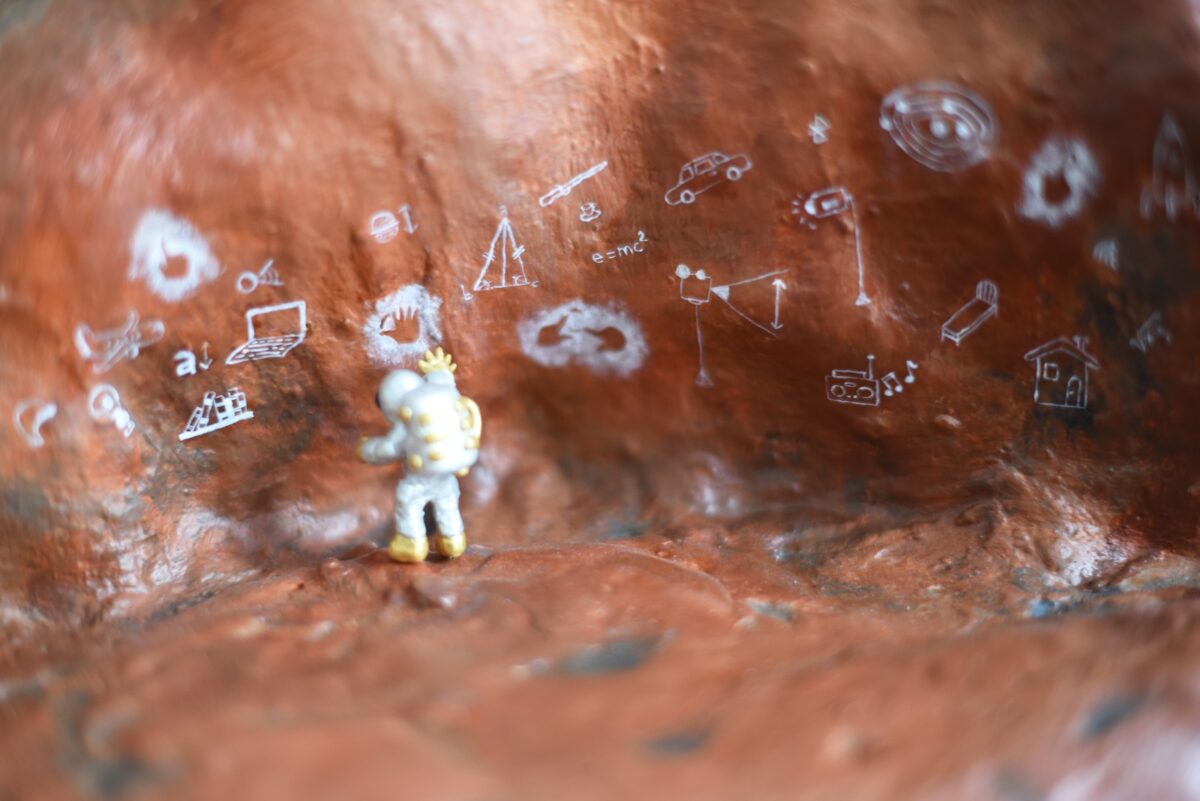
M Leuven Collection
Which question or theme is central in your work?
Can art be useful to society? In the sense that, can it somehow recreate a social link that our western capitalist societies have destroyed. I make beautiful and attractive artworks that function as traps. I often plunge the viewers in colourful environments that look playful and inoffensive at first sight. And then, once into it, whether it be a conversational hook such as ‘Make Yourself Comfortable’, a gallery transformed into an Airbnb flat such as ‘Make Yourself At Home’ or a massage table in the salon ‘All About You’, the viewer is physically caught and can do only once thing: experiment the work with his entire body. I am interested to play with many senses: the touch of the not-so relaxing massage, the honeyed song on your ears, the blurry vision of patterns… and most recently even the sour taste of tulip bulbs soup. Every time, I displace the sense and propose an unexpected association. I hope that my installations help the viewer to take a step back and reflect on it.
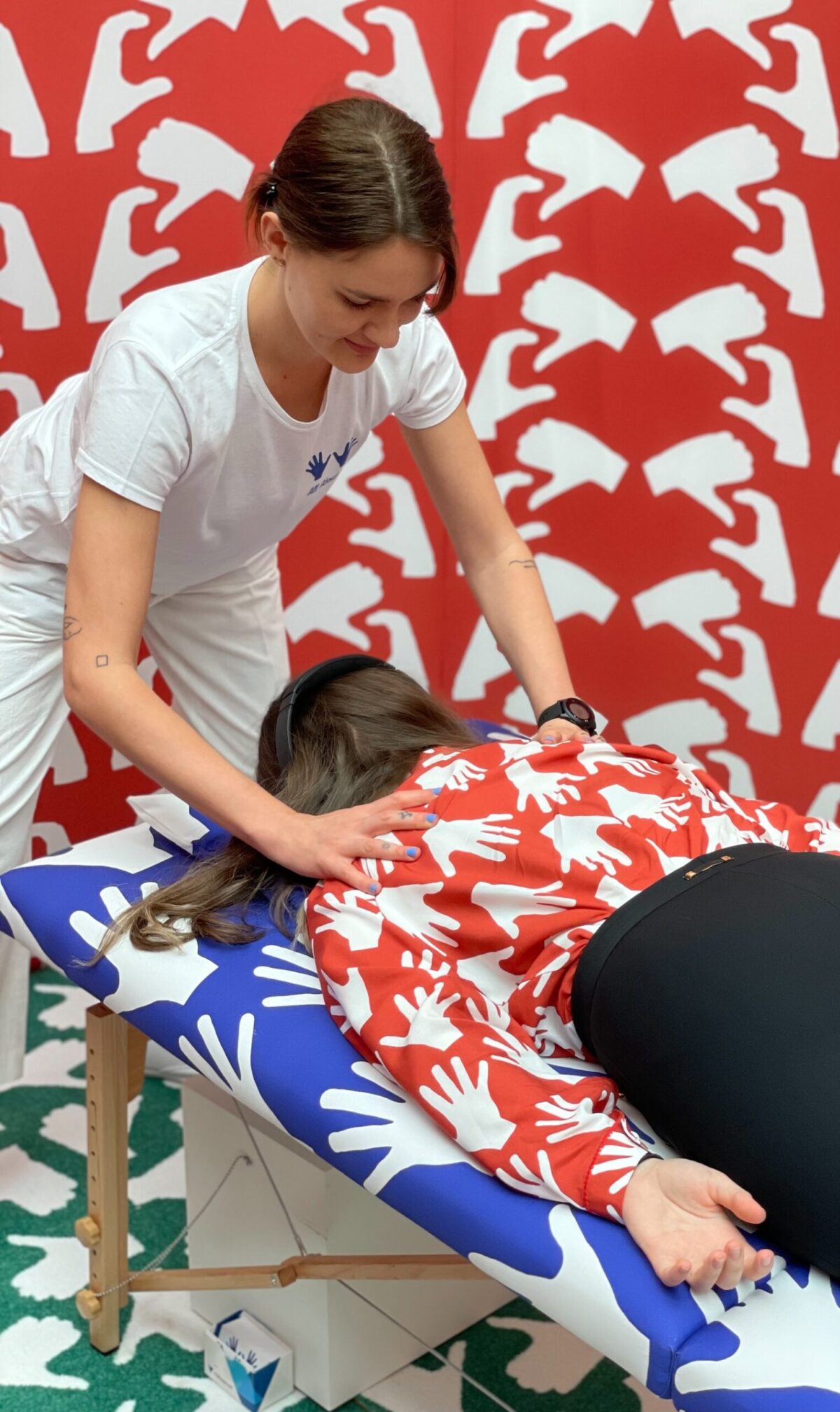
National Bank of Belgium Collection. Photo credit : Patrick Van den Branden
What was your first experience with art?
My first experience with art, I was 4 years old, and I was playing around with mud and wood sticks. My mother was always outside, working in the garden. We were living in the countryside. I was making some land art on my own terms.
Later, I remember my first encounter with Magritte’s painting “L’Empire des Lumières” when I was 10 at Bozar in Brussels. I wanted to enter the painting and get into the house. It was so mysterious to me. In my series ‘Brussels Anti-Demolition Campaign’, I pay him tribute in the little oval painting ‘Rue Africaine, nr.4’. Using the mirror method of Claude Lorrain, I painted this Brussels-based blue sky emerging from streets already plunged in the dark.
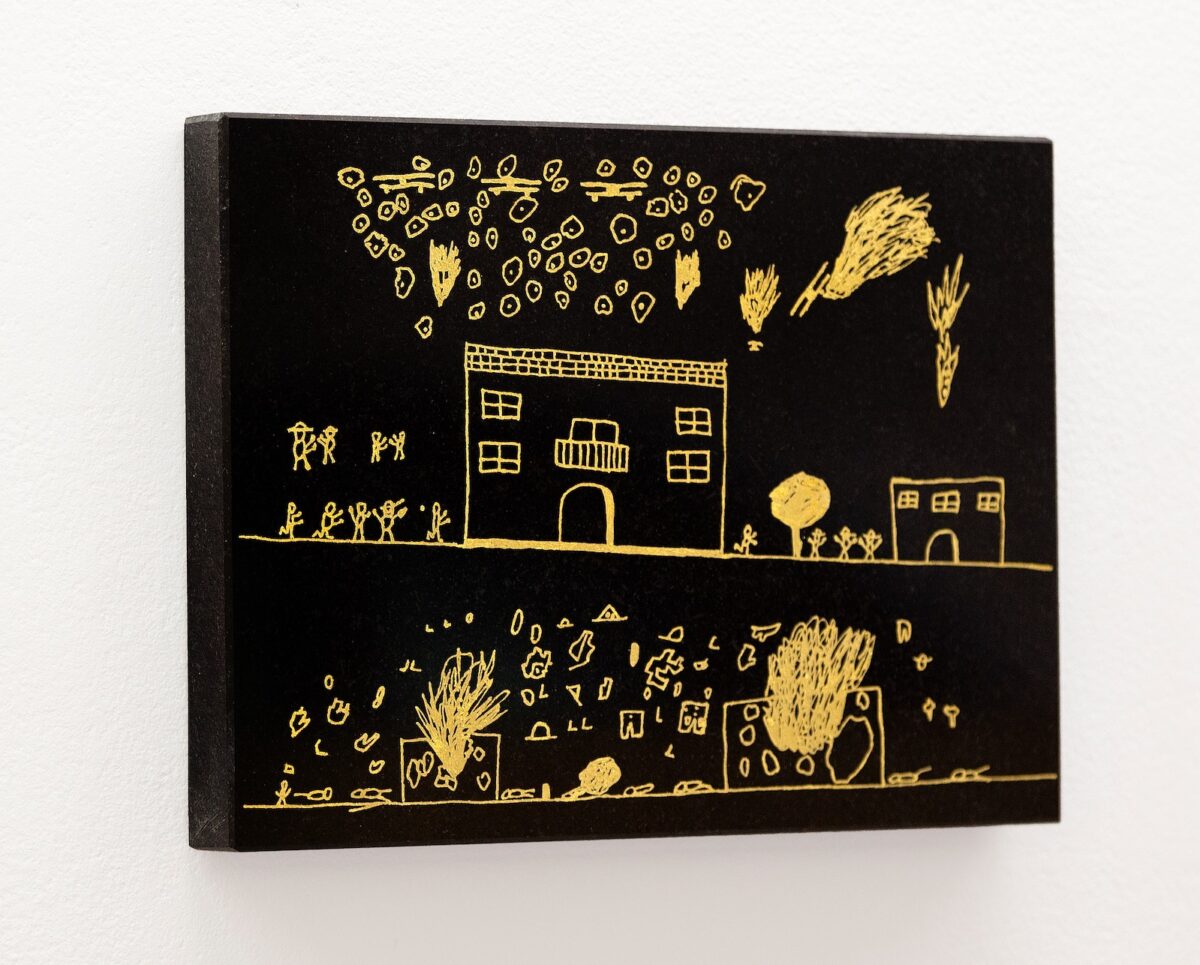
Exhibition view at ISELP, Brussels, 2024
What is your greatest source of inspiration?
I am inspired by the others. Having studied law before art, what stays is this central question: how do we organize society to collaborate as humans?
We created tools such as money, politics, and language to live together, but we tend to forget that these are fictions. These original means have become goals. We got lost on the way. In my work, I often called into question the efficiency and legitimacy of these human fictions. I try to get out of the frame to see and then show the frame we are living in. I often draw from the over-identification strategy of Slavoj Žižek: exaggerating the features of the neoliberal system to reveal its dead ends. I expect a lot from the viewer, an active engagement. Work is on both side.
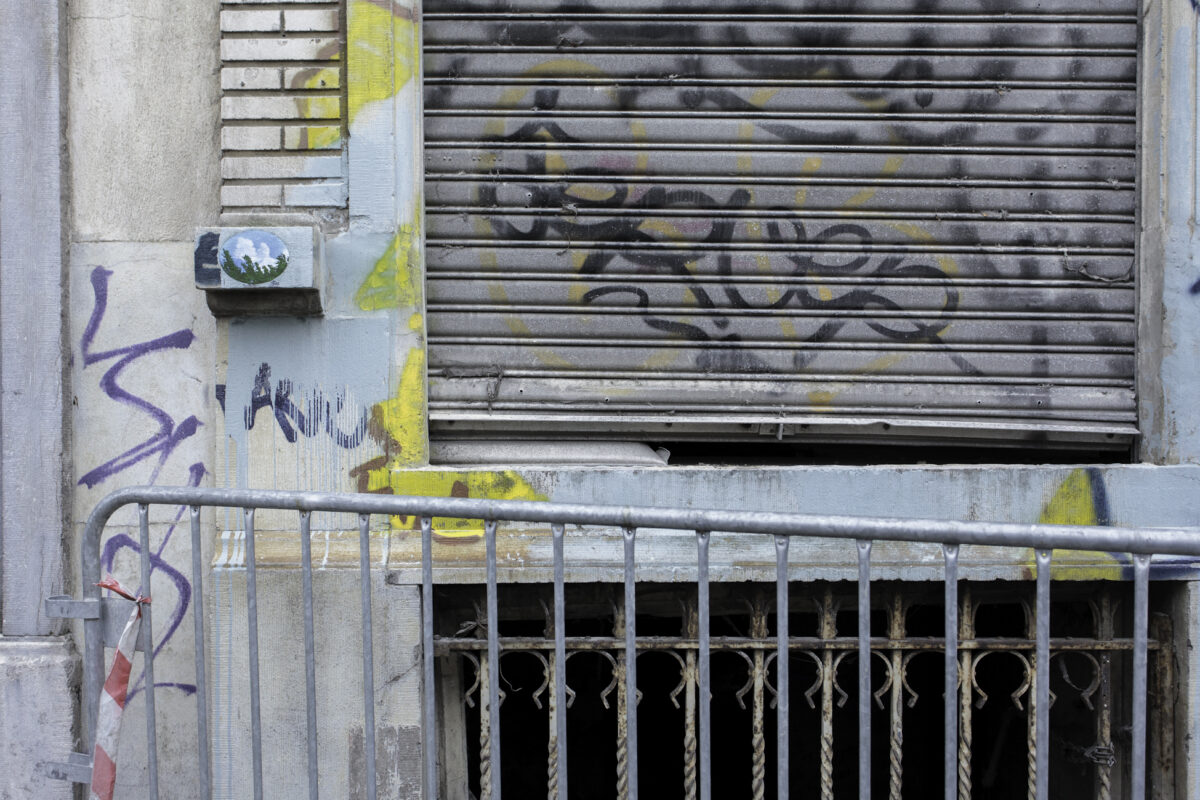
What do you need to create your work?
I need time, trust, and others. I collaborate more and more with other artists: musicians such as the amazing Turkish singer and actress Leyla Huysal who I’ve met back at Goldsmiths, the Syrian trumpetist Yamen Martini, leader of the group Klein Verhaal in Ostend and the Spanish duo artist Cuco and Luisa Pérez who recently reinterpreted the song ‘Silencio en la noche’of Carlos Gardel for my last show at ISELP in Brussels. Being a pianist myself, I guess I am incorporating music organically into my work.
Being a multidisciplinary artist, I like to learn new techniques. I do a lot myself as I love to learn expertise in a new domain: engraving, screen print, embroidery, miniature making, video making, animation (…). But for many works, I ask the help of other makers and each time a new exciting collaboration emerges, and I get to meet new people: ceramists, weavers, game makers, stylist, actors, performers…. For me, creating is a collective action.
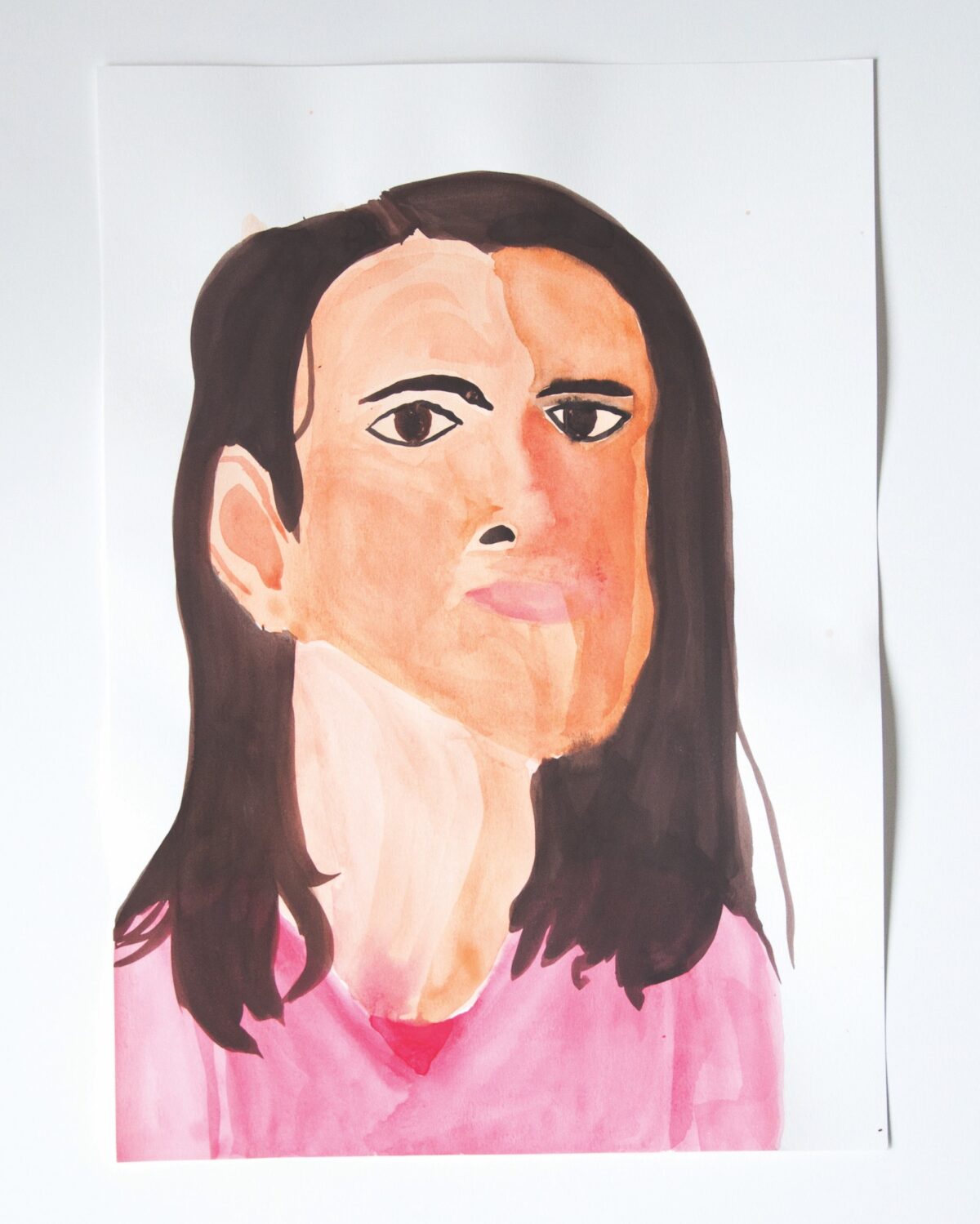
What work or artist has most recently surprised you?
For my last show ‘Silencio’ at ISELP in Brussels, I created many works – videos, engraving on stones, watercolours, textile pieces, embroideries – all works circulated around the experience of exile and migration and especially the historical episode of 32 000 children, including my grandmother and her two young brothers, who had to flee the Spanish Civil War when they were 6, 9 and 13 years old.
In that context, I invited the artist Maru Mushtrieva, whom I have met in Moscow a few years ago. For the show, she developed her performance ‘Throwing Tomatoes at the Green Screen’, taking the form of a portable puppet show. The puppets embody general characters and symbolic figures rendered burlesque. They incarnate the war propaganda, disguising military operations as work for peace. I found the playfulness of the script, together with her presence as a master of the puppets, at the same time hilarious and emotional. I also explore humour as a subversive tool in many of my installations, I connected easily with her approach. I was proud to have her work in my show. She has been living in exile for many years, first in Berlin and now in Brussels, and it was important for me, in the context of the show, to feature an artist who is also currently living in exile from a dictatorial regime that she rejects.
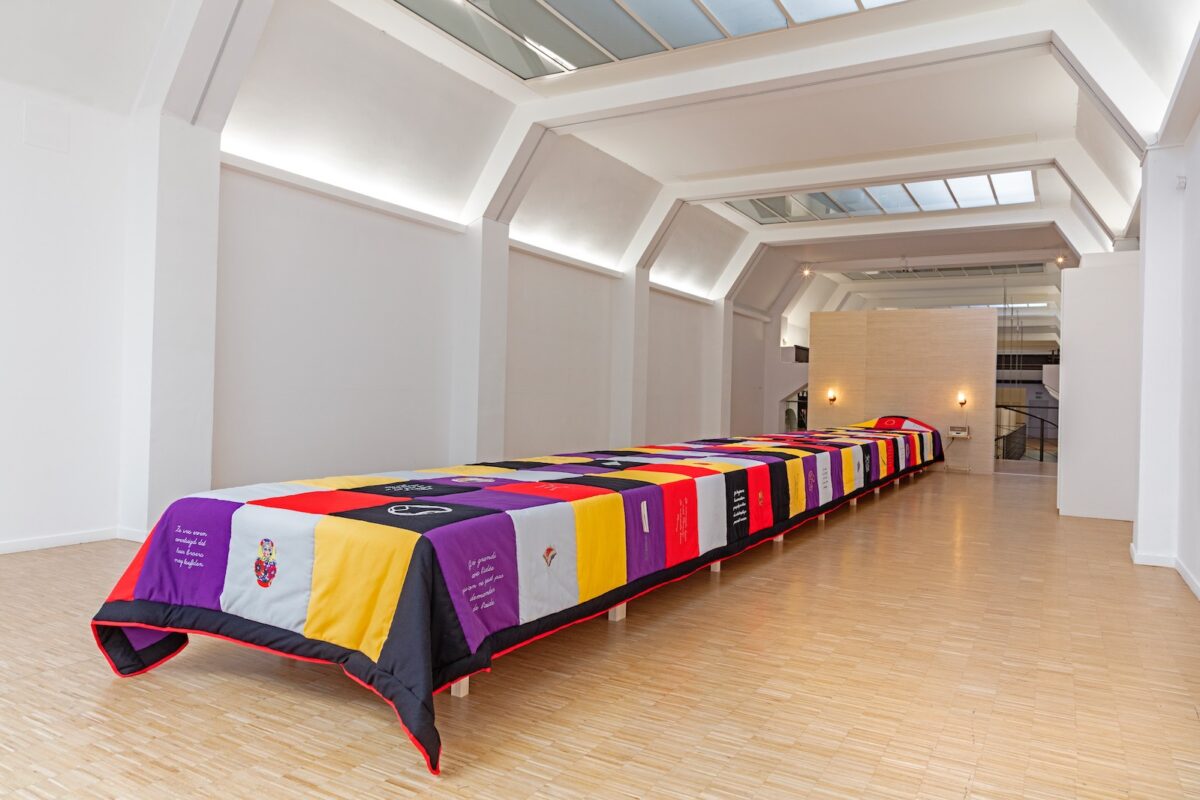
Exhibition view at ISELP, Brussels, credit : JJ Serol
